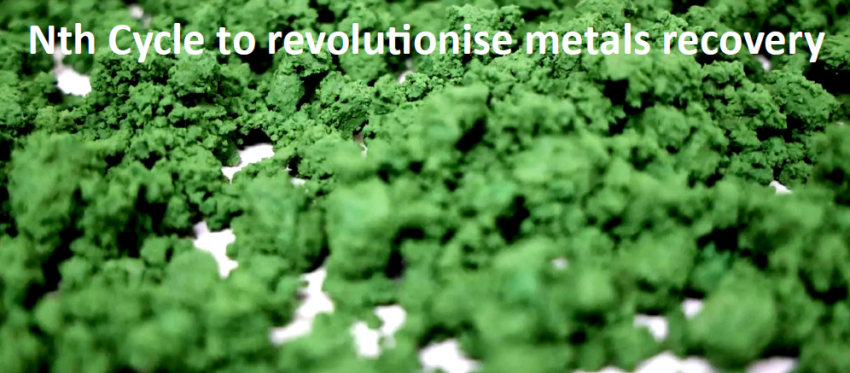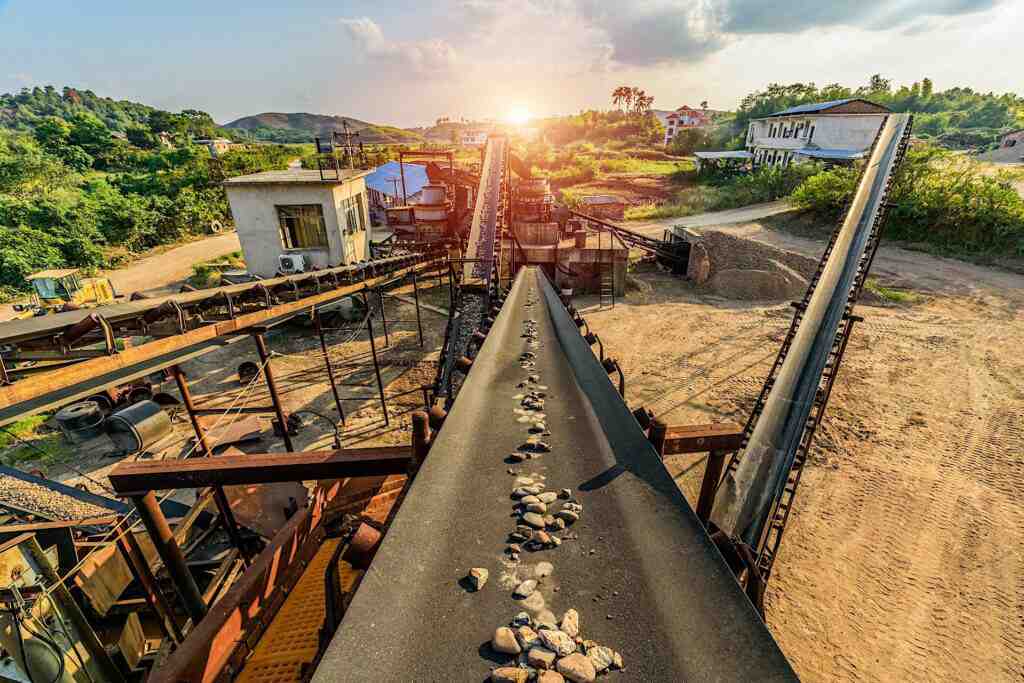
Processing technology company Nth Cycle is set to revolutionise battery metals processing through its electrochemical Oyster system, founder and chief executive Megan O’Connor told Skarn Bulletin.
The technology exploits the fact that individual metals have affinities for different electrical currents, called reduction potentials. Manipulating a current, therefore, allows the extraction of different metals, it what can be a sequential process. The result is a production-grade feedstock, like nickel MHP, with higher payable metal and lower waste content.
Oyster technology has the potential to directly use the concentrate product from a mine concentrator, or theblack mass produced by an electronics recycler. Acid and water are used to turn the feedstock into a liquid, which then enters the Oyster for metals separation. The acid stream is regenerated at the end of the process, and if the raw material is black mass, it also generates a lithium brine as a byproduct. “What goes into the Oyster is a dissolved metal stream essentially, and that's when we use electricity to separate out the different metals,” said O’Connor.
Nth Cycle is initially focusing on the production of nickel and cobalt as two of the most critical metals required for the 811 lithium-ion battery cathode configuration “From January, we are going to produce copper and precious metals as well. They all use the same cell design,” said O’Connor.
The company hopes this focus will also enable it to qualify for credits under the 2022 Inflation Reduction Act in the USA. “The investment tax credit of up to 30%is the first one we will look to obtain, but we should qualify for the 45X production tax credit as an additional credit,” said O’Connor.
Lightbulb moment
The idea came to O’Connor while studying for a PhD in Environmental Engineering at Duke University. In 2014, she saw a talk given by Harvard professor Chad Vecitis on using a similar process for wastewater treatment. She later asked him if it would work on critical minerals. Vecitis would later become a co-founder and Chief Scientist of Nth Cycle. The third co-founder was O’Connor’s PhD advisor, Desireé Plata. Nth Cycle has designed the system to be modular, so they can be manufactured and installed relatively quickly, with a 12 month build-install timeline. This compares favourably with the time to build and install smelting technology.
“We wanted to be able to manufacture these quickly because one of the other big bottlenecks in refining is how long it takes to set up a refinery, over five years and in most cases. We wanted the fastest time possible to be able to meet demand sooner rather than later,” said O’Connor.
Nth Cycle is building its first commercial plant in Fair-field, Ohio, USA, with a capacity to produce 3000tpa, which it aims to have up and running before year-end. The company, which is backed by Clean Energy Ven-tures, VoLo Earth Ventures, Mercuria and Equinor, sub-sequently aims to roll it out to the recycling and mining sectors, with different commercialisation models for each, reflecting their specific characteristics.
For the mining sector, the company will use a direct sales model. The relative cheapness of the technology could facilitate mining projects going into production, which may have had marginal economics under the typ-ical processing model or whose permitting may be fac-ing headwinds due to the impacts of the processing technology choices.
“We will focus on the mines that may be struggling to be permitted, or where the processing is too expensive. The capex for smelters tends to be in the billions of dollars and the asset might not be large enough to make that money back, or not have a long enough life. We are fo-cused on helping them get over those humps,” said O’Connor.
The company says Oyster is smaller, cheaper, consumes less power and water, and generates less waste than conventional processing, which should speed up per-mitting. The company received the permits for its Fair-field plant in six months.
“The system is modular so you can add units in parallel that can scale to the needs of a battery recycler or mine site. It has the same unit economics as a smelter, but we provide the same volume at a lower capex,” said O’Connor.
For the recycling industry, Nth Cycle will use an own-and-operate model, essentially a tolling arrangement whereby the recycler will obtain an upgraded product for a fee.
Emissions
In addition to facilitating the production and recovery of critical metals, Nth Cycle says the Oyster process has very real environmental benefits. These stem from lower energy usage, and upgrading mineral products on site, removing the seaborne emissions of shipping concentrates over large distances to smelters.
Using third-party data, the company estimates its min-ing process from concentrate is expected to have a carbon footprint ~60% lower than traditional laterite mining and ~20% lower than traditional sulphide min-ing, while its recycling process is expected to generate between ~32-44%% fewer emissions than traditional pyrometallurgical and hydrometallurgical recycling routes. Using 100% clean electricity it would generate ~92% less mining emissions than laterite mining and ~76% lower than sulphide mining, that is 1.7tCO2e/t NiEq.
MORE FROM SKARN

About Us
Skarn Associates is the market leader in quantifying and benchmarking asset-level greenhouse gas emissions, energy intensity, and water use across the mining sector.
